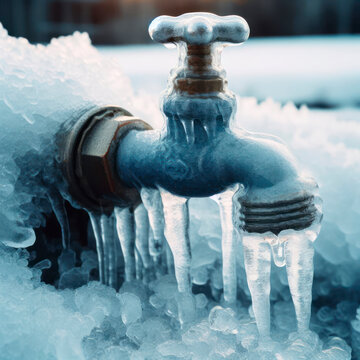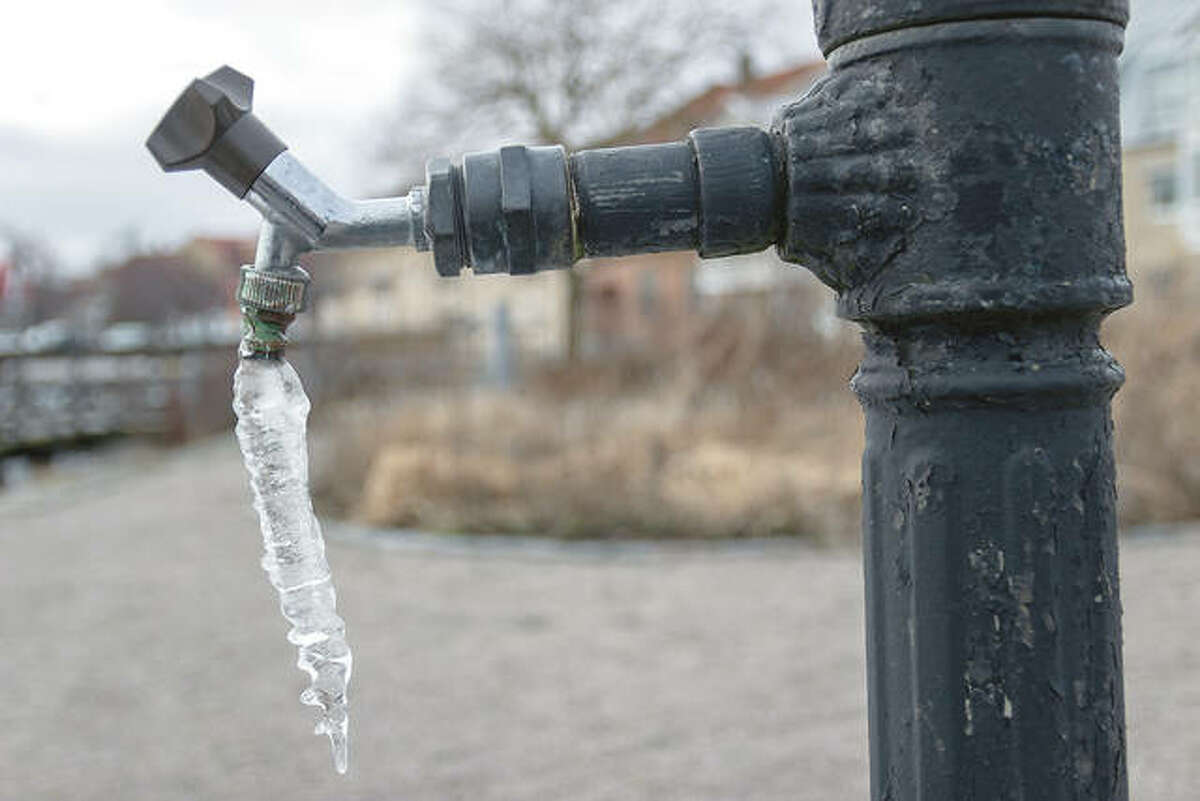Do you find yourself in search of details on Winter Plumbing Precautions: Preventing Frozen Pipes?

Winter can damage your pipes, especially by freezing pipes. Here's just how to stop it from occurring and what to do if it does.
Intro
As temperature levels decrease, the risk of icy pipes boosts, potentially bring about expensive repairs and water damages. Comprehending exactly how to avoid icy pipelines is essential for homeowners in cool climates.
Prevention Tips
Protecting susceptible pipelines
Wrap pipelines in insulation sleeves or use warmth tape to safeguard them from freezing temperature levels. Focus on pipelines in unheated or outside areas of the home.
Heating methods
Keep indoor areas effectively warmed, particularly areas with plumbing. Open cupboard doors to permit warm air to distribute around pipelines under sinks.
How to determine frozen pipes
Try to find decreased water flow from faucets, unusual odors or sounds from pipelines, and noticeable frost on exposed pipelines.
Long-Term Solutions
Architectural adjustments
Consider rerouting pipes away from outside wall surfaces or unheated areas. Add extra insulation to attic rooms, cellars, and crawl spaces.
Updating insulation
Purchase premium insulation for pipes, attics, and wall surfaces. Appropriate insulation helps keep consistent temperature levels and reduces the threat of icy pipes.
Protecting Exterior Plumbing
Yard pipes and exterior taps
Disconnect and drain pipes garden pipes before wintertime. Install frost-proof faucets or cover outdoor faucets with shielded caps.
Understanding Icy Pipelines
What causes pipes to ice up?
Pipes freeze when subjected to temperature levels below 32 ° F (0 ° C) for prolonged durations. As water inside the pipelines ices up, it expands, putting pressure on the pipeline wall surfaces and possibly causing them to break.
Threats and problems
Icy pipelines can cause water system interruptions, property damage, and expensive repairs. Burst pipelines can flooding homes and trigger substantial structural damage.
Indicators of Frozen Piping
Identifying icy pipelines early can avoid them from bursting.
What to Do If Your Pipelines Freeze
Immediate activities to take
If you suspect icy pipelines, keep taps available to alleviate stress as the ice melts. Use a hairdryer or towels taken in hot water to thaw pipelines slowly.
Verdict
Stopping frozen pipelines requires aggressive steps and fast responses. By recognizing the causes, indications, and safety nets, house owners can shield their plumbing during winter.
5 Ways to Prevent Frozen Pipes
Drain Outdoor Faucets and Disconnect Hoses
First, close the shut-off valve that controls the flow of water in the pipe to your outdoor faucet. Then, head outside to disconnect and drain your hose and open the outdoor faucet to allow the water to completely drain out of the line. Turn off the faucet when done. Finally, head back to the shut-off valve and drain the remaining water inside the pipe into a bucket or container. Additionally, if you have a home irrigation system, you should consider hiring an expert to clear the system of water each year.
Insulate Pipes
One of the best and most cost-effective methods for preventing frozen water pipes is to wrap your pipes with insulation. This is especially important for areas in your home that aren’t exposed to heat, such as an attic. We suggest using foam sleeves, which can typically be found at your local hardware store.
Keep Heat Running at 65
Your pipes are located inside your walls, and the temperature there is much colder than the rest of the house. To prevent your pipes from freezing, The Insurance Information Institute suggests that you keep your home heated to at least 65 degrees, even when traveling. You may want to invest in smart devices that can keep an eye on the temperature in your home while you’re away.
Leave Water Dripping
Moving water — even a small trickle — can prevent ice from forming inside your pipes. When freezing temps are imminent, start a drip of water from all faucets that serve exposed pipes. Leaving a few faucets running will also help relieve pressure inside the pipes and help prevent a rupture if the water inside freezes.
Open Cupboard Doors
Warm your kitchen and bathroom pipes by opening cupboards and vanities. You should also leave your interior doors ajar to help warm air circulate evenly throughout your home.

I am very occupied with How To Avoid Freezing Pipes and I hope you enjoyed reading the entry. Sharing is good. Helping others is fun. I cherish reading our article about How to prepare your home plumbing for winter weather.
Call Today
Comments on “Advice for Preventing Frozen Plumbing in Winter: Specialist Advice”